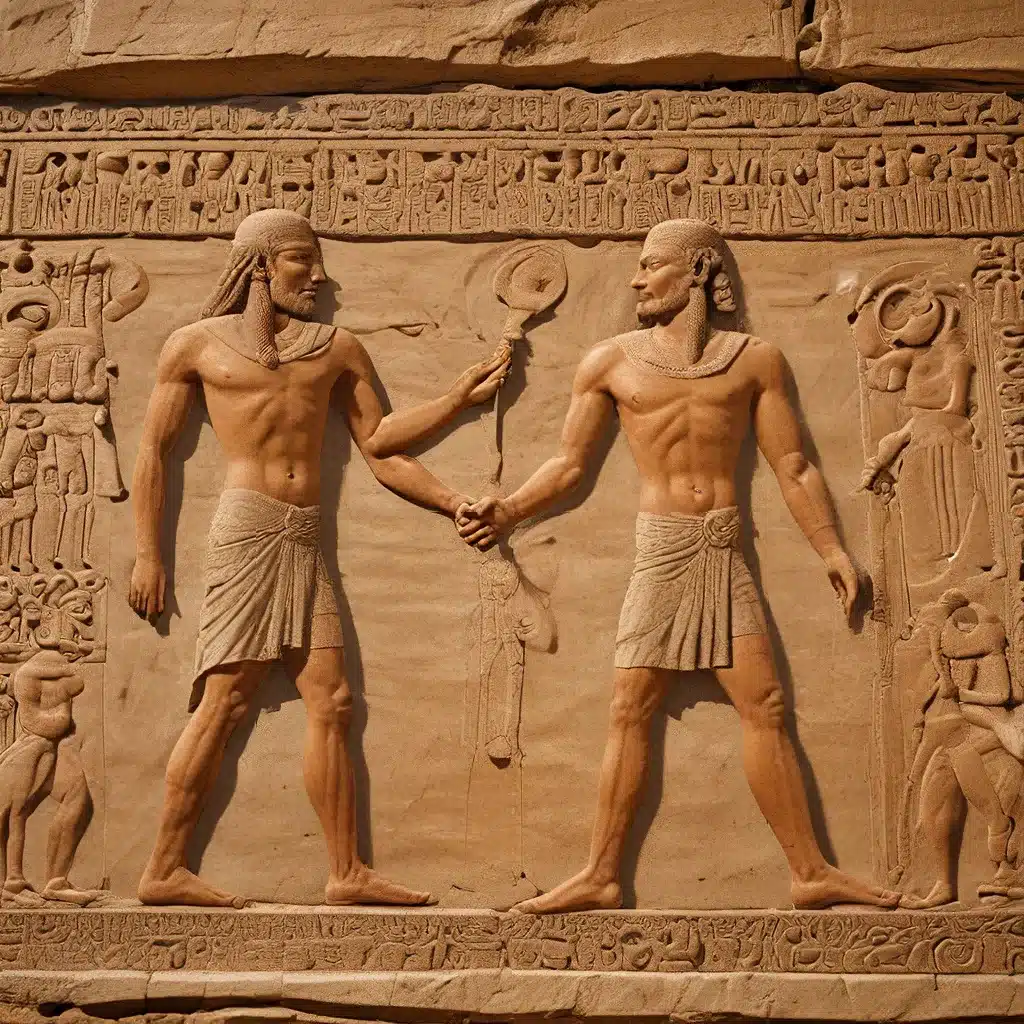
The ancient world is shrouded in mystery and intrigue, with civilizations that rose and fell millennia ago, leaving behind enigmatic ruins, artifacts, and legends that continue to captivate our imagination. From the towering pyramids of Egypt to the sprawling cities of Mesopotamia, the remnants of these ancient cultures offer glimpses into their remarkable achievements and enduring mysteries.
The Great Pyramids of Egypt
No discussion of ancient civilizations would be complete without mentioning the iconic pyramids of Egypt. Built over 4,000 years ago as elaborate tombs for the pharaohs, these monumental structures continue to baffle archaeologists with their precise construction and astronomical alignment. How were these colossal edifices built using only simple tools and manual labor? What secrets lie hidden within their labyrinthine chambers?
Despite centuries of study, the pyramids of Egypt remain a testament to the ingenuity and engineering prowess of the ancient Egyptians. Recent archaeological discoveries have shed new light on the construction techniques and the role of the pyramids in Egyptian culture and religion. Researchers have uncovered evidence that suggests the pyramids were built using a combination of advanced mathematical calculations, specialized tools, and a highly organized workforce. The intricate alignment of the pyramids with celestial bodies, such as the Nile River and the stars, has also been a source of fascination, leading to theories about their astronomical significance.
The Lost City of Machu Picchu
Nestled high in the Andes Mountains of Peru, Machu Picchu is perhaps the most famous archaeological site in South America. Built by the Inca civilization around 1450 AD and abandoned just a century later, this lost city remained hidden from the outside world until its rediscovery in 1911 by American explorer Hiram Bingham.
Despite extensive research, many questions remain unanswered about Machu Picchu’s purpose and significance. Was it a royal estate, a religious sanctuary, or a fortress against invading forces? The mysteries of Machu Picchu continue to intrigue archaeologists and historians to this day.
Recent excavations and analysis of the site have provided new insights into the architectural techniques and engineering feats of the Inca people. Researchers have discovered evidence of advanced construction methods, such as the use of precisely fitted stone blocks and the incorporation of natural features into the city’s layout. The site’s strategic location and the presence of religious and administrative structures suggest that Machu Picchu played a significant role in the Inca Empire.
The Enigmatic Moai of Easter Island
Situated in the remote Pacific Ocean, Easter Island is home to a collection of massive stone statues known as moai. Carved by the indigenous Rapa Nui people between 1400 and 1650 AD, these enigmatic figures stand as silent sentinels overlooking the island’s rugged coastline. How were these colossal statues transported across the island and erected on stone platforms known as ahu? What purpose did they serve in Rapa Nui society?
The moai of Easter Island remain a symbol of the island’s mysterious past and the ingenuity of its ancient inhabitants. Recent studies have shed light on the quarrying, transportation, and erection techniques used by the Rapa Nui people, suggesting a highly organized and coordinated effort to construct these monumental sculptures. The religious and cultural significance of the moai is still being unraveled, with some scholars proposing that they served as representations of ancestral spirits or as symbols of political and social power.
The Marvels of Mesopotamia
Often referred to as the cradle of civilization, Mesopotamia was home to some of the earliest known human societies, including the Sumerians, Akkadians, Babylonians, and Assyrians. From the invention of writing and the development of complex legal codes to the construction of monumental ziggurats and the establishment of vast empires, the achievements of Mesopotamian civilization continue to influence the modern world.
Yet many aspects of Mesopotamian life and culture remain shrouded in mystery, leaving scholars to ponder the secrets of this ancient land. Recent archaeological discoveries and the study of cuneiform texts have provided new insights into the daily lives, religious practices, and social structures of Mesopotamian societies. However, the sheer scale and complexity of these ancient civilizations continue to challenge our understanding, leaving us with many unanswered questions.
Unlocking the Secrets
Despite the passage of millennia, archaeologists and historians continue to uncover new clues and make astonishing discoveries that shed light on the mysteries of ancient civilizations. Through careful excavation, scientific analysis, and the study of ancient texts and artifacts, we are slowly piecing together the puzzle of the past and gaining a deeper understanding of the peoples and cultures that came before us.
As we unravel the mysteries of ancient civilizations, we not only gain insights into our shared human heritage but also a greater appreciation for the ingenuity, creativity, and resilience of our ancestors. Each discovery brings us one step closer to unlocking the secrets of the past and preserving the legacy of ancient civilizations for generations to come.
The Lost Kingdoms blog is dedicated to exploring the intriguing stories and significant discoveries that continue to shape our understanding of the ancient world. Join us on this captivating journey as we delve into the fascinating realms of archaeology, history, and the enduring mysteries of long-lost civilizations.


